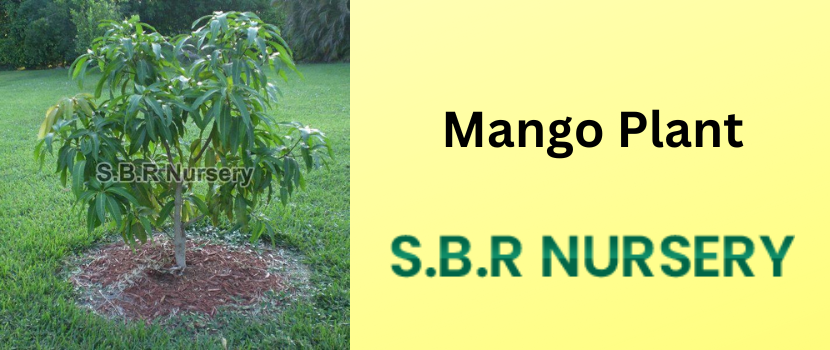Gundlupete, Chamarajanagar, Karnataka
How To Grow A Mango Tree?
Posted by Admin on September, 23, 2022

If you live in a climate that is favourable to mango plants, then you can plant and grow your mango tree and enjoy the sweet, vitamin-packed tropical fruit for years on end. With patience and time, it is quite easy to go grow a mango tree from seed or a small plant.
Determine If You Have A Suitable Environment
Even though mangoes don't need a lot of upkeep once planted, they truly do have specific conditions under which they should develop. Mangoes flourish best in high intensity and can deal with both muggy/damp or bone-dry regions.
Most mangoes are developed close to the equator, and in the US they are fundamentally filled in Florida. Assuming you live in a space that has normal temperatures of 80-100 °F (27-38 °C) and cool winters that don't freeze, you'll probably have the option to develop mangoes. Precipitation for your area shouldn't surpass 12 inches (30.5 cm) each year.
Select An Area To Grow Your Mango Plant
Mangoes can be filled in pots or open regions outside. They favour heaps of intensity and direct daylight, implying that they don't develop well inside (even though they can be gotten a pot for the colder time of year).
The size of every mango tree shifts depending upon what species it is, however they can get very huge, surpassing levels of 10-15 feet (3.0-4.6 m). Hence, pick a region that will give your tree a lot of room to flourish without being concealed by other bigger trees.
Choose A Variety Of Mango To Plant
There are various kinds of mangoes available, however, a couple fills well in unambiguous regions. Visit a neighbourhood nursery to figure out which ones fill best in your space. Mangoes can be filled in one of two ways: using the seed of a mango, or from a united sapling. Mango seeds ordinarily require eight years to deliver the organic product.
Joined saplings require three to five years to deliver foods grown from the ground, almost ensuring a decent gathering. If you decide to plant from a seed, pick a mango from a tree you know fills effectively in your space; taking one from a locally acquired mango likely will not furnish you with a tree.
• United saplings will just arrive at about a portion of the size of a tree developed from seed.
• The trees created from seeds will quite often be a lot more grounded and hardier, however, they may not be as solid with regards to natural product bearing.
• Assuming you're trying as far as possible with your mango developing, there are a couple of animal groups that can fill in somewhat cooler and wetter circumstances than the previously mentioned suggestion.
Get Your Soil Ready
Mangoes flourish in free, sandy soil that channels water without any problem. Look at the pH of your dirt to check whether it is in a satisfactory causticity range; the trees will fill best in soil that has a pH of 4.5 - 7 (acidic).
Integrate peat greenery into your dirt consistently to keep the sharpness high. Try not to utilize compound composts or any item that contains salt, as these will upset the development of your mango tree. Set up the dirt so it is ploughed around three feet down, as this will give a lot of room for the roots to spread.
Know When To Plant
Mango trees ought to regularly be established in pre-summer or the start of summer when it is a blend of stormy/bright climates. The establishing season will rely upon the species, so look at your neighbourhood nursery to find when yours ought to be planted. A few assortments, for example, the Beverly and Keith needn't bother with being planted until August/September.
Follow this guide to choose the best plant from Mango Plant Suppliers in India.

This entry was posted on September, 23, 2022 at 13 : 02 pm and is filed under Fruit Plants. You can follow any responses to this entry through the RSS 2.0 feed. You can leave a response from your own site.
Search
Recent Posts

Leave a Comment